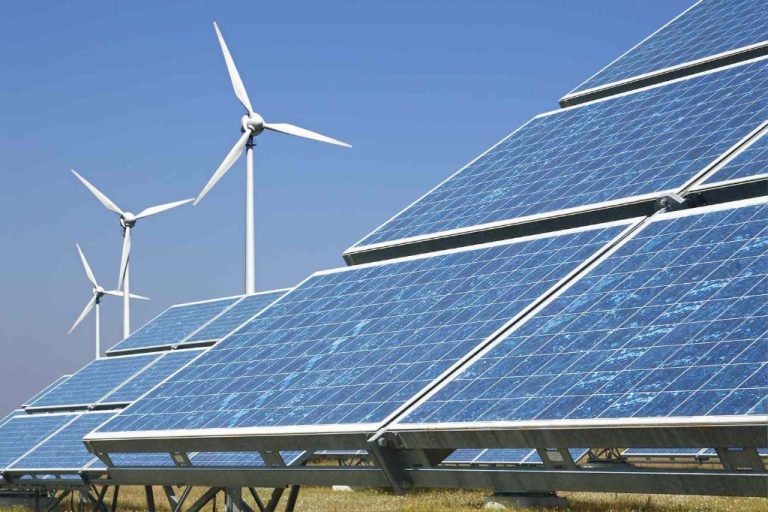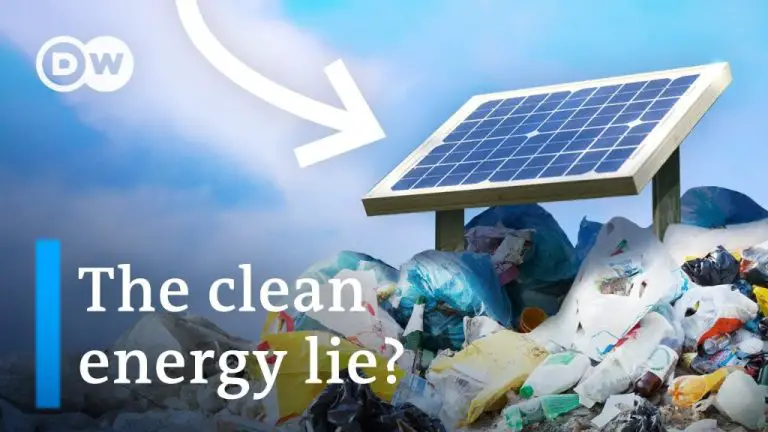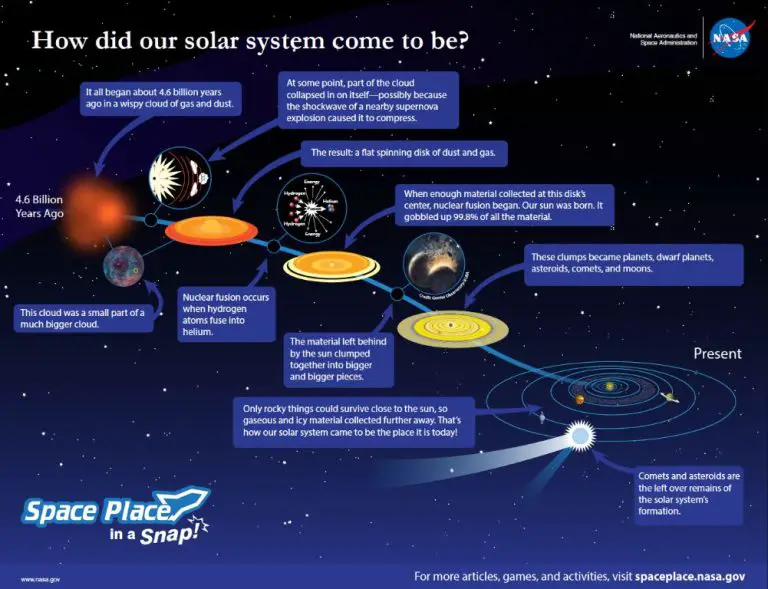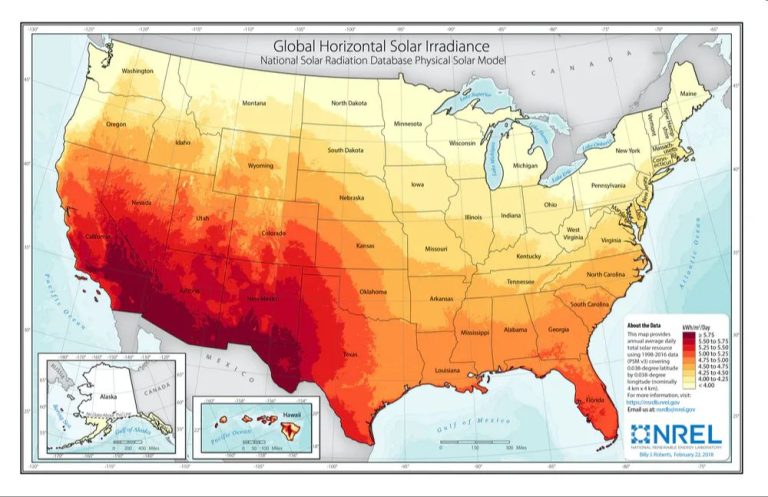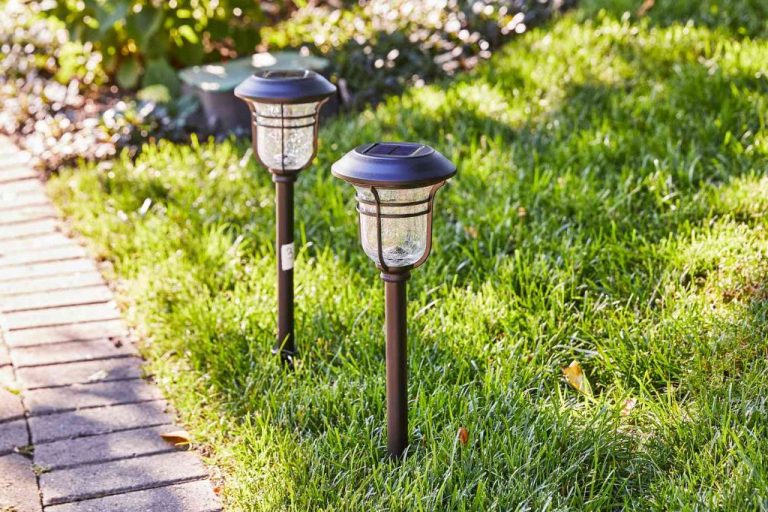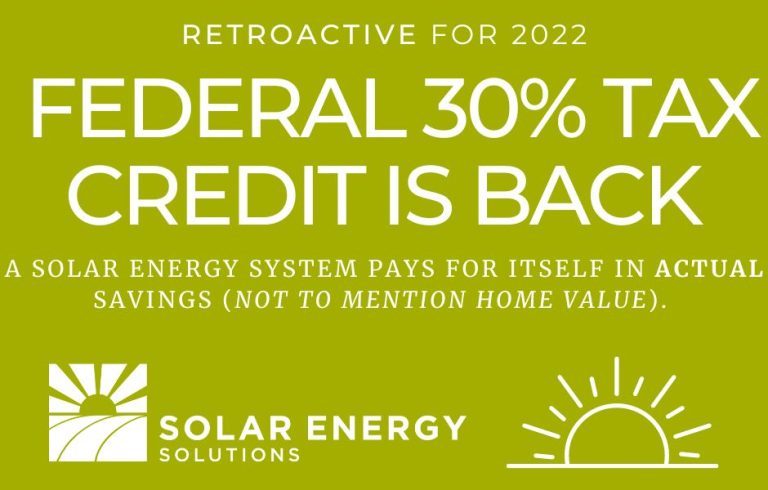Do Solar Panels Save A Lot Of Money?
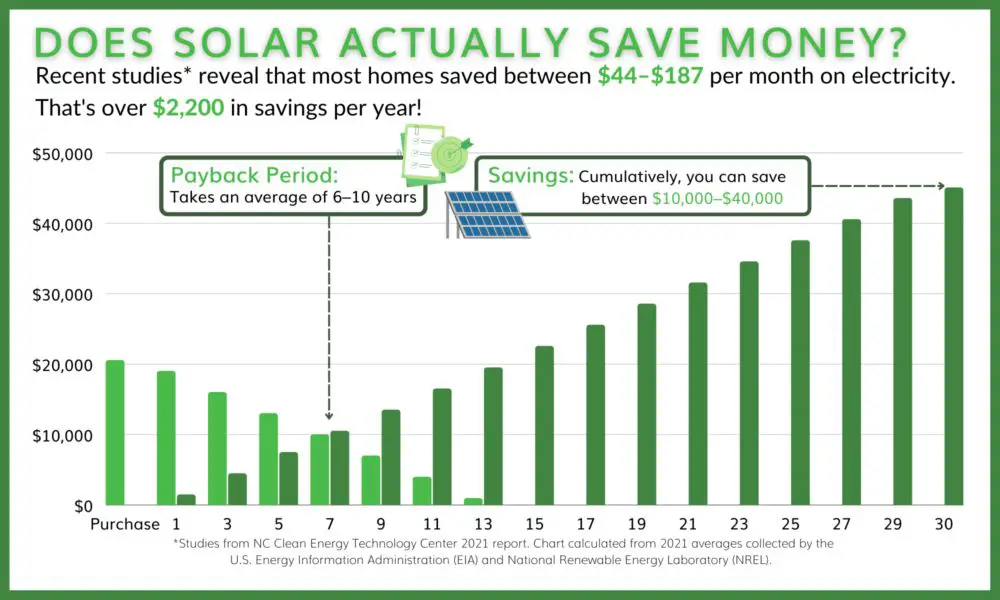
Solar panels are an increasingly popular way for homeowners to reduce their dependence on the electric grid and potentially save money on energy costs in the long run. Solar panels convert sunlight into electricity, allowing homes to utilize this clean energy to power appliances, lighting, heating/cooling systems and more. With the average American household spending nearly $2,300 per year on electricity bills, installing solar panels can lead to significant savings over the system’s lifetime. Studies show that U.S. solar panel owners save an average of $1,500 per year, or $37,500 over 25 years. But how much you save depends on factors like your location, system size, electricity rates and more. This article will provide an overview of whether solar panels can really save homeowners money in the long run.
Upfront Costs
The upfront cost to purchase and install solar panels can range quite a bit, but is a significant investment. According to Nerdwallet, the normal range for solar panel installation in the U.S. is from around $18,000 to $36,000 based on data from home services booking site Angi (source). The Home Depot cites a range of $2.50-$4.15 per watt depending on the state, which for an average 6kw system comes out to $15,000-$25,000 (source). Forbes notes the national average cost is around $16,000 for a 6kw system as of late 2022 (source).
The wide range in upfront costs is due to many factors like your location, system size, roof type, and more. But in general, installing a solar panel system on your home requires a significant upfront investment of $15,000 to $30,000+ in most cases.
Long-Term Savings
Solar panels can provide significant electricity bill savings over many years. According to Energysage, the average homeowner can save between $20,000 and $96,000 over a solar panel system’s 25-30 year lifetime, depending on electricity costs in your area (https://www.energysage.com/solar/much-solar-panels-save/). In a state like California with high electricity rates, the long-term savings from solar panels can be on the higher end. States with lower electricity costs will see more modest but still substantial savings from going solar.
Generally, the more solar energy a home can generate through its solar panels relative to its electricity usage, the greater the potential savings. While cumulative savings will vary based on system size and energy costs, the long lifetime of solar panels allows homeowners to realize savings for decades that offset the upfront investment.
Factors Affecting Savings
The amount of savings from solar panels can vary greatly depending on several factors. Chief among these is the solar potential of the location where the panels are installed. Areas that receive more annual sunlight and have fewer cloudy days will generate more electricity from solar panels. According to a report by the National Renewable Energy Laboratory, the sunniest areas of the country are the Southwest, including states like Arizona, New Mexico, Nevada, and parts of California where solar panels can achieve capacity factors of over 20%. In contrast, the Northwest and Midwest tend to have lower solar potential due to more cloud cover and rainfall. The savings for solar depend highly on the local climate.
The orientation and angle of solar panels also affect electricity generation. Panels facing south tend to produce the most energy in the Northern Hemisphere. Tilting panels at an optimal angle (usually around latitude of the location) can maximize solar collection during peak daylight hours when the sun is highest in the sky. Proper orientation and angle can result in as much as a 25% improvement in energy production. Site assessment tools and solar calculators can help determine the optimal solar setup for a building.
Weather and seasons also impact savings. Output is highest on sunny, cloudless days and greatly reduced on cloudy or stormy days. Additionally, solar generation is lower in winter months with fewer daylight hours versus summer months when the days are longer. Homeowners will save the most from solar panels during peak production seasons.
Payback Period
The payback period refers to the length of time it takes for solar panel system owners to recoup their initial investment through energy savings. This is a key factor when evaluating the financial benefits of installing solar panels. According to Energybot, the average payback period for home solar panels in the U.S. is about 8 years[1]. However, the payback period can vary quite a bit depending on location and factors like electricity rates, solar incentives, system costs, and amount of sunlight[2].
For example, states like California and Arizona with abundant sunlight and high electricity costs tend to have faster payback periods of around 6-7 years[3]. Meanwhile, states with lower electricity rates and fewer solar incentives like Wisconsin may have payback periods of 10 years or more. Homeowners interested in solar should calculate the specific payback period for their property based on system costs, electricity usage, and incentives available in their area.
Tax Credits and Incentives
There are a number of rebates, tax credits, and other incentives available from the federal government, state governments, and utilities to lower the cost of installing solar panels. The federal investment tax credit (ITC) offers a 26% tax credit for systems installed in 2023, which will lower to 22% in 2024 and eventually phase out by 2034 (https://mb-heating.com/residential/solar-panel-tax-credits/). Many states like Massachusetts and Pennsylvania also offer additional rebates and incentives. For example, Massachusetts offers a SMART program that provides performance-based incentives for solar installations (https://www.solarenergyworld.com/pennsylvania-solar-panel-installation/). Utilities may also offer rebates to encourage homeowners to install solar panels and put energy back into the grid.
Taking advantage of all available federal, state, and utility incentives and rebates can lower the upfront cost of a solar installation by thousands of dollars. Homeowners should research what’s available for their area. Incentives can make solar power even more affordable.
Additional Benefits
Installing solar panels can provide benefits beyond just cost savings on your energy bills. One major additional benefit is increased home value. Multiple studies have found that homes with solar panel systems tend to sell for more than comparable homes without solar panels. According to one study by the Lawrence Berkeley National Laboratory, each 1 kW of solar panels adds about $4,000 to a home’s value.1
Solar panels also provide the benefit of reducing your environmental impact and supporting sustainability.Generating your own renewable electricity from the sun reduces your reliance on fossil fuels and cuts down on your carbon footprint. This can appeal to environmentally conscious homeowners who want to do their part to combat climate change and promote clean energy. With solar panels, you get the satisfaction of directly using green energy and reducing your personal contribution to greenhouse gas emissions.
Maintenance Costs
Over time, solar panels may need repairs and regular maintenance to keep operating efficiently. Typical maintenance costs for solar panels range from $300 to $700 per year, with most homeowners paying around $400 annually for a small 10-panel, 2 kW system according to Fixr.com [1].
Maintenance usually involves inspecting the panels and connections for damage, cleaning dust and dirt off the panels, checking electrical components, and trimming any vegetation blocking sunlight. Major repairs like inverter replacement or panel damage can add significantly to costs but are not routine. Overall, maintenance represents a small percentage of the long-term savings from lower energy bills.
Alternatives to Ownership
For homeowners who want to go solar but are deterred by the upfront cost, there are alternatives to direct ownership that allow you to access solar power without purchasing a system. Three popular options are leasing panels, joining a community solar project, or signing a power purchase agreement (PPA).
With a solar lease, a solar company owns, installs and maintains the system while you pay a fixed monthly fee to use the electricity generated. This allows you to save on electricity with no installation costs. However, you will not own the system or be eligible for tax credits. Leases typically run 10-25 years, with an option to extend or buy the system afterwards.
Community solar allows multiple homeowners to share output from an offsite solar installation. Participants get credits on their utility bills based on their share of energy produced. This provides solar savings without installing panels on your own roof. However, availability depends on local community solar programs.
With a PPA, a solar company installs and owns the system on your property at no cost. You pay a fixed rate for the system’s electric output. While you don’t own the panels, you can lock in a lower electricity rate. At the end of the contract term (typically 15-25 years), you can extend the PPA, have the panels removed, or potentially buy the system.
Conclusion
In summary, installing solar panels on your home does have the potential to save money on electricity costs over time. However, the upfront investment is significant, and the payback period can take 5-20 years depending on your specific circumstances. The savings realized depends on several factors like your location, sunlight availability, electricity rates, system size, and incentives or rebates available. While solar panels can provide great long-term savings and environmental benefits, they are not a quick money-saving mechanism for every home. Carefully consider your own situation to determine if the investment in solar panels will pay off financially for you.

